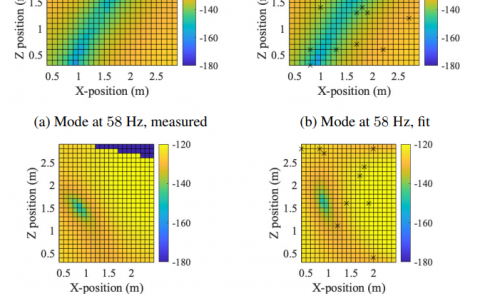Neural Holography
PubDate: Aug 2020
Teams: Stanford University
Writers: Yifan (Evan) Peng, Suyeon Choi, Nitish Padmanaban, Jonghyun Kim, Gordon Wetzstein
PDF: NeuralHolography

Abstract
Holographic displays promise unprecedented capabilities for direct-view displays as well as virtual and augmented reality applications. However, one of the biggest challenges for computer-generated holography (CGH) is the fundamental tradeoff between algorithm runtime and achieved image quality, which has prevented high-quality holographic image synthesis at fast speeds. Moreover, the image quality achieved by most holographic displays is low, due to the mismatch between the optical wave propagation of the display and its simulated model. Here, we develop an algorithmic CGH framework that achieves unprecedented image fidelity and real-time framerates. Our framework comprises several parts, including a novel camera-in-the-loop optimization strategy that allows us to either optimize a hologram directly or train an interpretable model of the optical wave propagation and a neural network architecture that represents the first CGH algorithm capable of generating full-color high-quality holographic images at 1080p resolution in real time.

